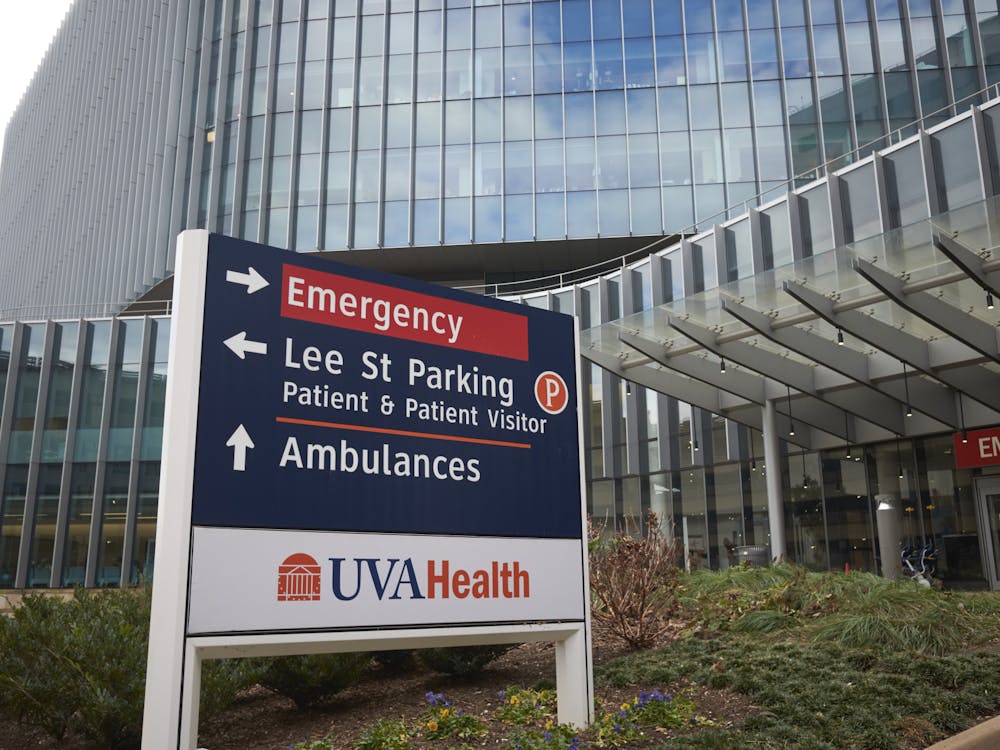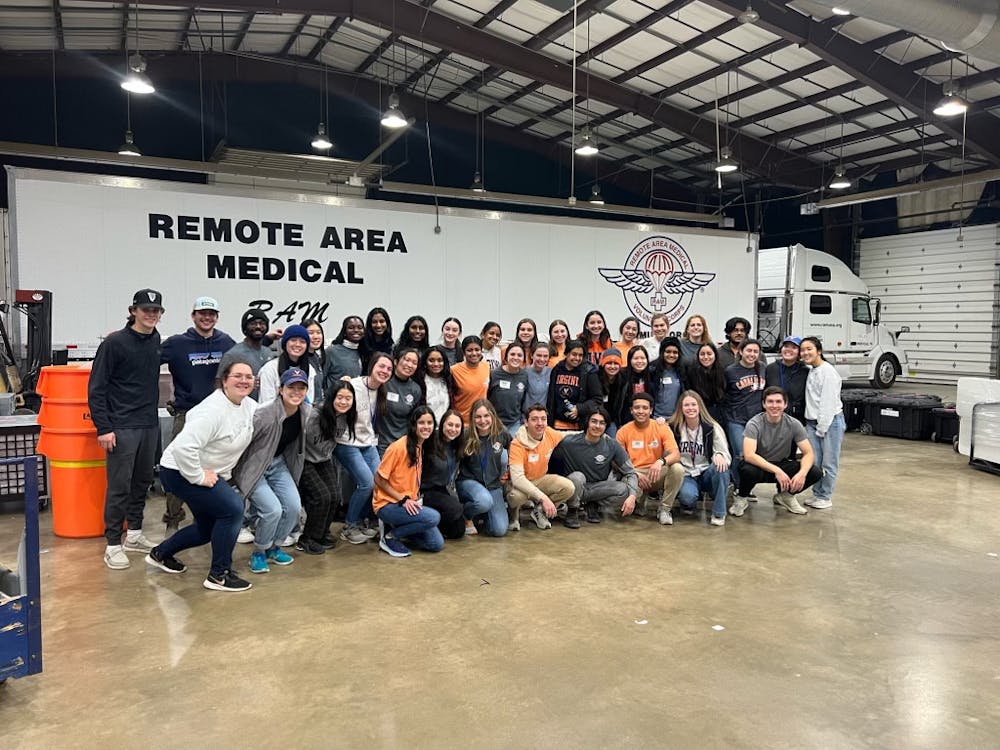Researchers of the Sloan Digital Sky Survey released data from the third phase of a six-year astronomical survey of the Milky Way to the public on Jan. 7. Sloan Digital Sky Survey III, or SDSS III, was the result of a joint effort of 51 institutions, including the University.
The more than 100 terabytes of data gathered includes material on about half a billion stars and galaxies and will provide astronomers with groundbreaking data.
In 1998, the SDSS team began gathering data on outer space, using the 2.5-meter wide Sloan Foundation Telescope at the Apache Point Observatory in New Mexico. The $45 million SDSS III program started in 2008, and included four projects focusing on exploring the Milky Way and other galaxies, titled “BOSS” (Baryon Oscillation Spectroscopic Survey), “SEGUE” (Sloan Extension of Galactic Understanding and Exploration), “APOGEE” (the Apache Point Observatory Galactic Evolution Experiment) and “MARVELS” (Multi-object APO Radial Velocity Exoplanet Large-area Survey).
University researcher and Astronomy Prof. Michael Skrutskie led the team which designed the infrared-sensitive spectrograph, used by SDSS III scientists in deciphering the atomic makeup of more than stars throughout the Milky Way.
“U.Va. led the APOGEE survey, which has measured the light from many of the brightest stars in the Milky Way,” said Craig Sarazin, an astronomer involved with SDSS III, in an email. “The object is to understand how the Milky Way formed. In the past, it was thought that our galaxy formed all at once by collapse due to gravity. Recently, it has become clear that the Milky Way is continually forming as small galaxies are pulled into it. The stars from each of these galaxies follow similar orbits in our galaxy, and they share a similar chemical make-up.”
University researchers collaborated with other astronomers to compose a database of information gathered via observations of light passing through galaxies and individual stars to help scientists dig deeper into the history of the Milky Way and examine stars for planets.
“Mapping out the elements in a star is like reading its DNA,” APOGEE head researcher Steve Majewski said in a press release. “We’re using those DNA readings to decode the history of the Milky Way from the stars that we can observe today.”
Sarazin said the data collected through the four projects will benefit the international community in numerous ways — including findings on hypervelocity stars, which may shed light on obscure topics such as dark matter.
“[Hypervelocity stars] are stars which are moving so fast they will escape the gravity of our galaxy and fly off into intergalactic space,” Sarazin said. “The idea is that they picked up … these high speeds due to interacting with the super-massive black hole at the center of the Milky Way. This black hole has swallowed the equivalent of 4 million stars like [our] Sun.”
SDSS III also explored several other projects, including investigating orbiting planets of nearby stars and creating advanced, three-dimensional maps of the cosmos.
“The object of making all of the data public as quickly as possible is to harness the full imagination and creativity of the entire scientific world, which is bound to maximize the scientific impact of the surveys,” Sarazin said.




